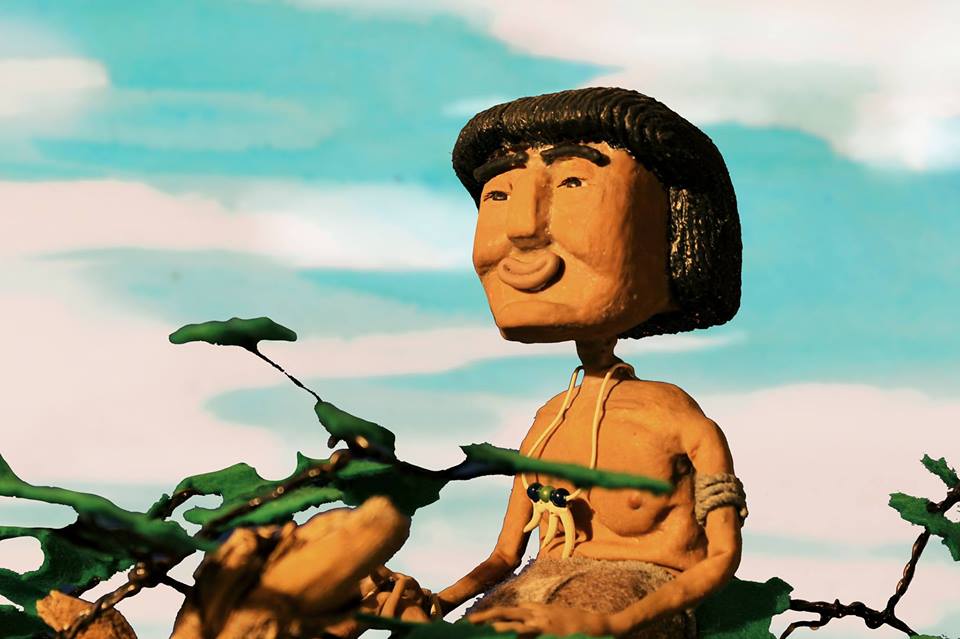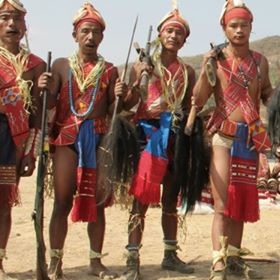The first animated tribal film of Arunachal Pradesh will be screened tomorrow at Rajiv Gandhi University, Arunachal Pradesh. And this screening will be attended by the Honourable Governor of Arunachal Pradesh, JP Rajkhowa.
For those who think that animation is not developed in North East India, this movie will break the belief by commencing a new era of animation. The 6 and a half minute short film conveys the story of the culture of Arunachal Pradesh stressing on the traditional customs and folk culture.
This animation film project began in early 2013 and the idea for the film was crafted at an animation workshop that was organised by the UK based organisation, the Adivasi Arts Trust. The secretary of the Trust, Tara Douglas, mainly produced the film.
The stop motion animation is done by Indian animators Wangdan Wangpan (Arunachal Pradesh), Rabindra Kumar Bhagat (Jharkhand) and Kirat Brahma (Assam) who were pursuing their degree in the National Institute of Design last year. The entire animation was done using softwares After Effects and Photoshop.
Wangdan recollects, “We felt that stop motion was the best way to bring the animation to life. We didn’t have sufficient resources and equipments so the entire lighting equipment and sets were handmade from scrap materials.” Having done the pre production at Arunachal Pradesh, where there is lack of electricity and place for shooting, completing the work effectively was a tough job.

The animated film is the story of two brothers Abotani and Yapom from the tribal group of Arunachal Pradesh called Apatani or Tani. Abotani is the cultural hero of the tribe who tames domestic animals while Yapom has wild animals as his pets. Gradually, both the brothers get into a quarrel and separate their lands because of their pets. When another character Tapen, the wicked bat, enters the story and destroys the peace between the two brothers. The misunderstanding between the brothers leads to the rise of the divine spirit, Digo Ane. And then, the paramount revelation of the traditional culture of Arunachal Pradesh takes place.
Wangdan says, “The reason why Arunachal Pradesh does not have an original script of their own is revealed in the movie. We have touched the culture of the folk tribe intensely and highlighted the reason for not having written record of past.”
The post-production work was done at Ahmedabad by Wangdan and Rabindra. Kirat Brahma, a young artist, was roped in to make the background design and painting. Wangdan says, ““Kirat hand painted the water-color backgrounds for the film and added beauty to the design. Since the people of Arunachal are skillful in making vibrant handicrafts and textiles, these paintings are a display of the colourful creativity of Arunachal.”
A first attempt by the young artists, Abotani has been a learning experience for the entire team who have envisioned a new dimension in the culture of Arunachal Pradesh through this project. Also, this film is an attempt to portray the deteriorating state of animation and the lack of recognition it has received in North East India. The film has been dubbed into Arunachalee Hindi for the screening, and versions in several of the Tani languages will follow so that the film can be screened in local schools too.
A pioneer of change, Abotani is an example that may set history for the development and growth of animation in the seven sister states of India.
